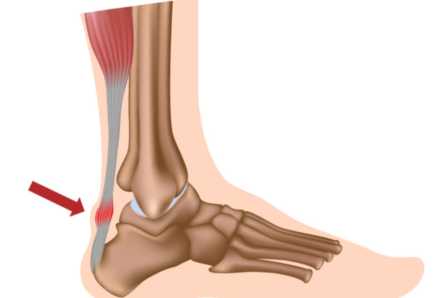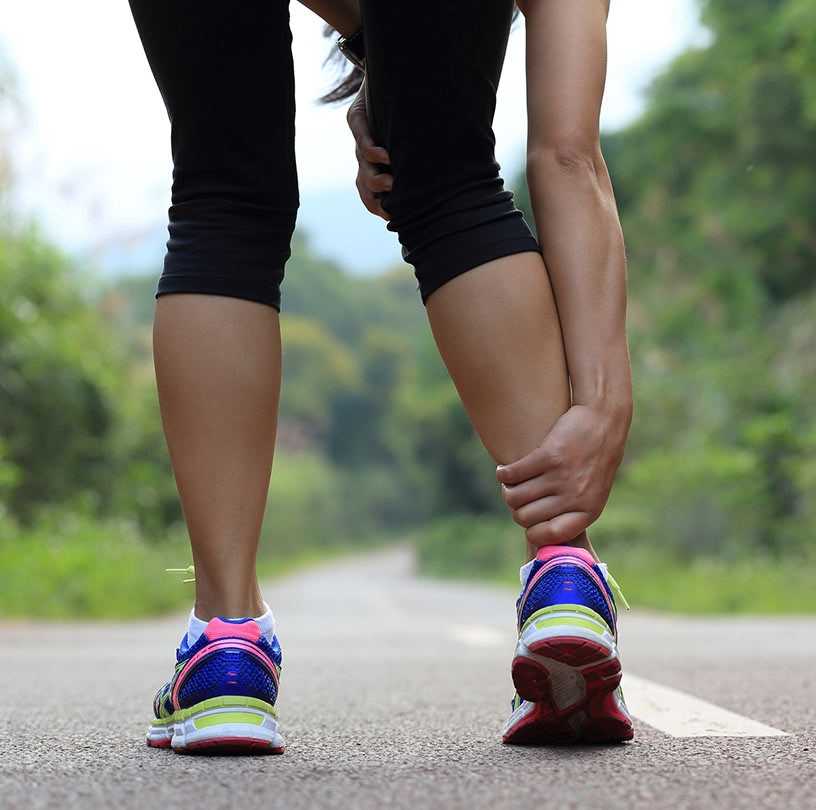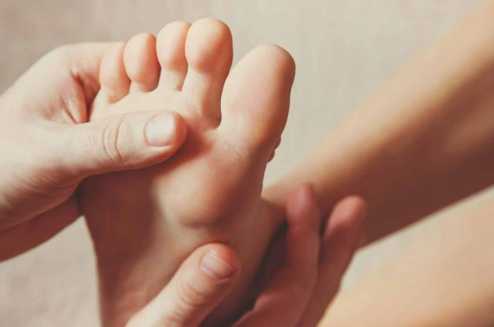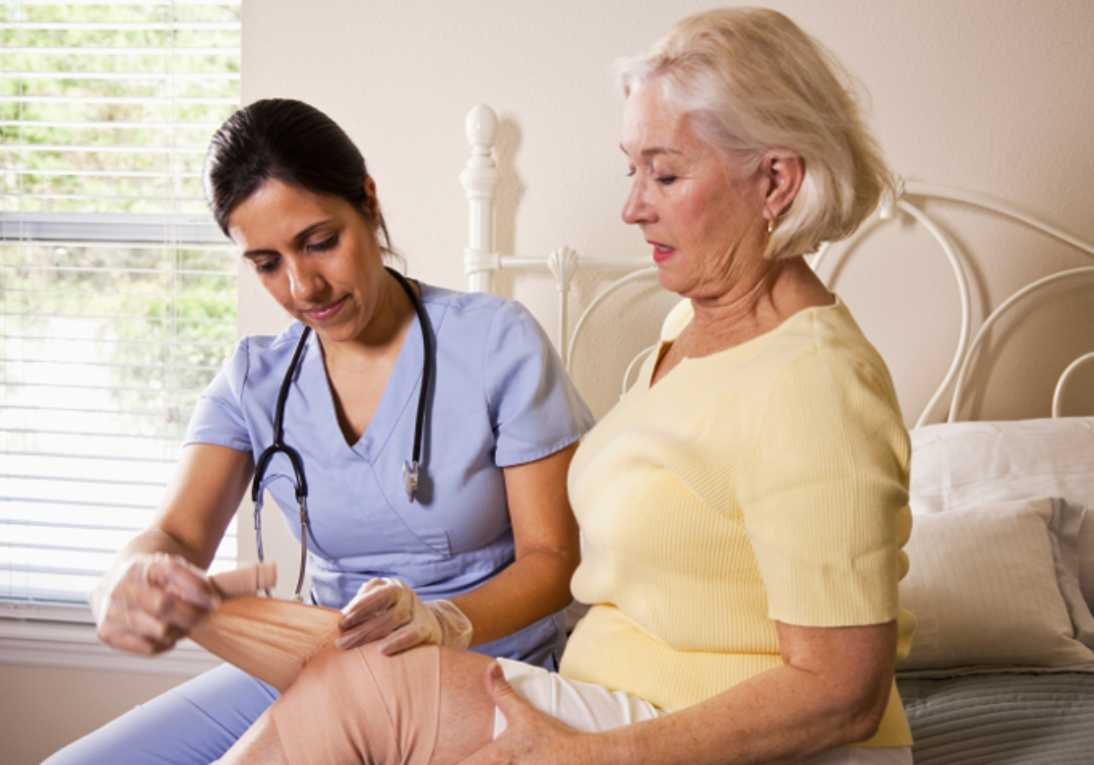Do you require any assistance? Simply reserve your appointment online below
Achilles tendonitis
Interventional pain management for you
Achilles tendinitis is a common condition that occurs when the large tendon that runs down the back of your lower leg becomes irritated and inflamed.
The Achilles tendon is the largest tendon in the body. It connects your calf muscles to your heel bone and is used when you walk, run, climb stairs, jump, and stand on your tiptoes.
Although the Achilles tendon can withstand great stresses from running and jumping, it is also prone to tendonitis, a condition associated with overuse and degeneration.
Achilles tendonitis therefore most often occurs in athletes, though it can affect anybody.

Types of of Achilles Tendonitis

There are two types of Achilles tendinitis, based upon which part of the tendon is inflamed.
Noninsertional Achilles Tendinitis
In noninsertional Achilles tendinitis, fibers in the middle portion of the tendon have begun to break down with tiny tears (degenerate), swell, and thicken.
Tendinitis of the middle portion of the tendon more commonly affects younger, active people.
Insertional Achilles tendinitis
Insertional Achilles tendinitis involves the lower portion of the heel, where the tendon attaches (inserts) to the heel bone.
Causes of Achilles Tendinitis
Achilles tendinitis is mostly caused by repetitive stress to the tendon which often happens when we push our bodies to do too much.
However, other factors can also lead to development of tendinitis, they include:
Sudden increase in the amount or intensity of exercise activity—for example, increasing the distance you run every day by a few miles without giving your body a chance to adjust to the new distance
Tight calf muscles—Having tight calf muscles and suddenly starting an aggressive exercise program can put extra stress on the Achilles tendon
Bone spur—Extra bone growth where the Achilles tendon attaches to the heel bone can rub against the tendon and cause pain
Signs and symptoms of Achilles Tendinitis
Common symptoms of Achilles tendinitis include:
- Pain and stiffness along the Achilles tendon in the morning
- Pain along the tendon or back of the heel that worsens with activity
- Severe pain the day after exercising
- Thickening of the tendon
- Bone spur (insertional tendinitis)

Non Surgical Treatment of Achilles Tendinitis

Rest. The first step in reducing pain is to decrease or even stop the activities that make the pain worse. Cross-training activities such as biking, elliptical exercise, and swimming are low-impact options to help you stay active.
Non-steroidal anti-inflammatory medication. Drugs such as ibuprofen and naproxen reduce pain and swelling. They do not, however, reduce the thickening of the degenerated tendon.
Ice. Placing ice on the most painful area of the Achilles tendon is helpful and can be done as needed throughout the day.
Heel Lifts are also very helpful for patients with insertional tendinitis because they can move the heel away from the back of the shoe, where rubbing can occur. They also take some strain off the tendon.
Physical Therapy. Physical therapy is very helpful in treating Achilles tendinitis. It has proven to work better for non insertional tendinitis than for insertional tendinitis.
Supportive shoes and orthotics. certain shoes as well as orthotic devices can help relieve pain from Achilles tendonitis. i.e shoes that are softer at the back of the heel can reduce irritation of the tendon.
Eccentric Strengthening Protocol. This refers to contracting (tightening) a muscle while it is getting longer. Eccentric strengthening exercises can cause damage to the Achilles tendon if they are not done correctly.
Cortisone injections. Cortisone, a type of steroid, is a powerful anti-inflammatory medication. Cortisone injections into the Achilles tendon are rarely recommended because they can cause the tendon to rupture.

You are in Great Hands
Surgical treatment of Achilles Tendinitis
Surgery should be considered to relieve Achilles tendinitis only if the pain does not improve after 6 months of nonsurgical treatment. The specific type of surgery depends on the location of the tendinitis and the amount of damage to the tendon.

Gastrocnemius recession. This is a surgical lengthening of the calf (gastrocnemius) muscles. Because tight calf muscles place increased stress on the Achilles tendon, this procedure is useful for patients who still have difficulty flexing their feet, despite consistent stretching.
In gastrocnemius recession, one of the two muscles that make up the calf is lengthened to increase the motion of the ankle. The procedure can be performed with a traditional, open incision or with a smaller incision and an endoscope—an instrument that contains a small camera. Your doctor will discuss the procedure that best meets your needs.
Débridement and repair . The goal of this operation is to remove the damaged part of the Achilles tendon. Once the unhealthy portion of the tendon has been removed, the remaining tendon is repaired with sutures, or stitches to complete the repair.
Depending on the extent of damage to the tendon, some patients may not be able to return to competitive sports or running.

